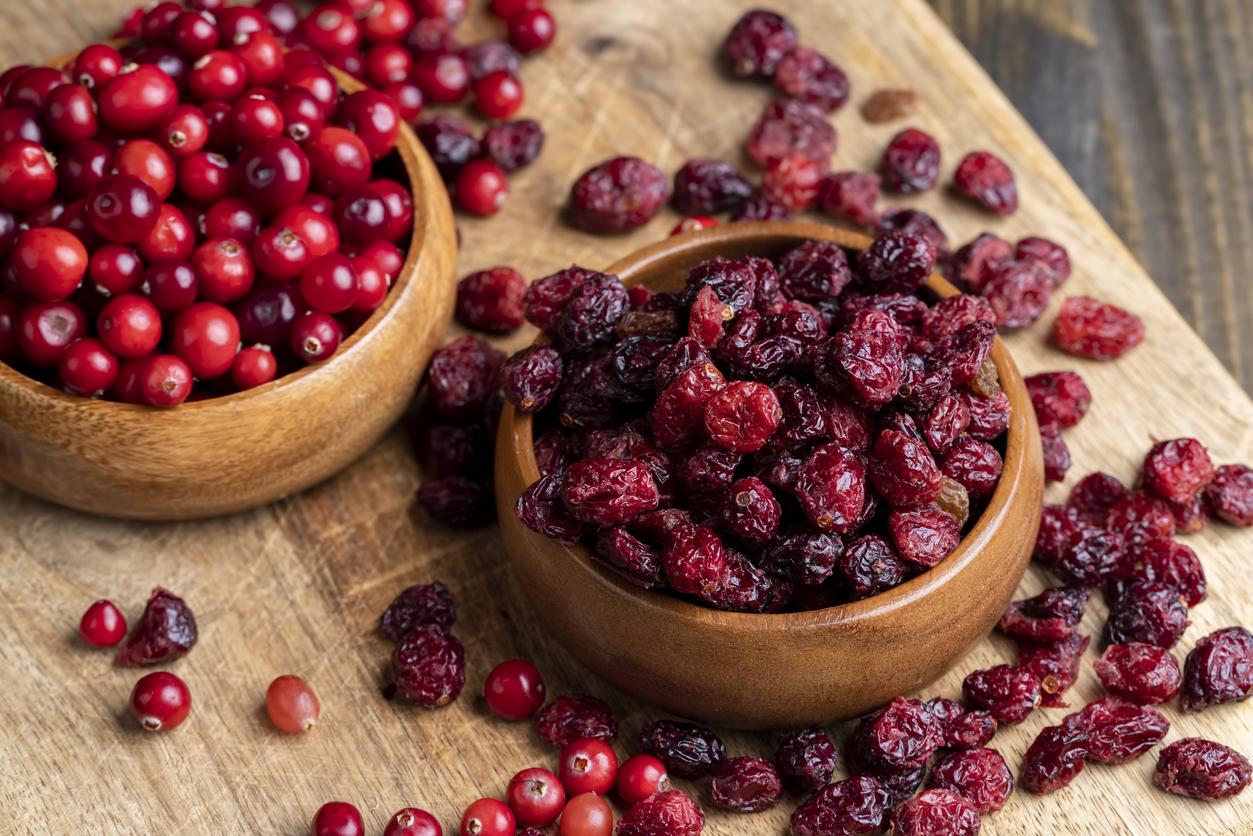Long reserved for the aristocracy and the upper middle class, this creamy Mexican fruit, which needs sunlight, spread when Americans began to cultivate it and make it popular, only at the beginning of the 20th century.
A very satisfying gluttony
Its fibers and fats make it a gourmet food, but also very satisfying … and much healthier to start your meal than a portion of quiche! We could even put it on the menu every day: thus, a study conducted in 2013 at the University of Loma, in California, showed that people who ate half an avocado for lunch (around 100 calories) saw their desire for snacking reduced by 40% 3 hours after a meal and by 28% 5 hours after. The satiety was increased by 26%.
This food also has the advantage of not raising blood sugar (this increase can then, by rebound effect, cause hypoglycemia and a feeling of hunger pangs).
Choose it and keep it
• There are several varieties depending on its origin. In France, we mainly find Haas (native to Guatemala, thin and grainy skin that turns brown when ripe) and Fuerte (smaller, with thin, green skin).
• It keeps cool (but not too cold) if it is already ripe. If it is not enough, leaving it for a few days at room temperature will bring it to perfect maturity.
• In light version. Do not drown it under mayonnaise or vinaigrette since it is already full of fat! On the contrary, we will lighten it with lemon, herbs, by adding it to salads and raw vegetables … or by using it like real butter, crushed as in the recipe for guacamole : perfect to replace this one in sandwiches!
3 ways to prepare it
- Green kiwi and avocado salad
- Stuffed avocados
- Avocado salad with feta
















